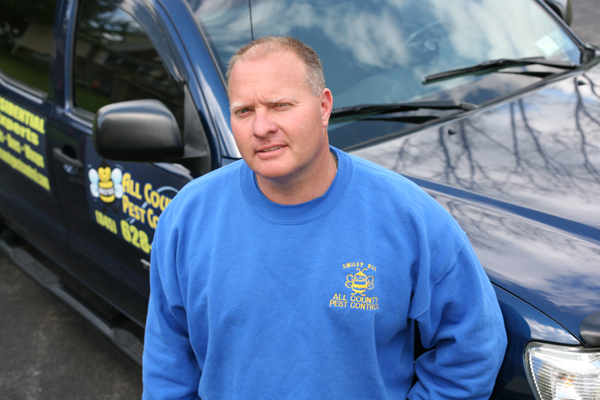Southwest Airlines founder Herb Kelleher knew the company was in trouble when his sister-in-law raved that she had received magnificent service on a Southwest flight. He asked how many people were on-board. Two pilots, three flight attendants”¦and his sister-in-law. After 18 months of operation, the airline had lost more than $5 million.
Southwest was forced to ask, “What is our competitive advantage? Where can we add more value than anyone else? Southwest executives decided that they wouldn”™t try to be all things to all people and would not copy competitors by flying everywhere they did and ”˜segmenting”™ customers by offering first class, business class and coach. Having said that, specific types of segmentation could double your business. How and where can you add more value than anyone else?
Southwest chose to implement a winning market “segmentation” strategy by providing the best service and lowest fares for only the short-distance, frequent-flying, point-to-point traveler It was a segment no one else had yet claimed. Southwest found out what customers wanted and what was missing, by asking them.
In “Crafting the Customer Experience for People Not Like You,” author Kelly McDonald says, “People are not ”˜one size fits all,”™ and therefore, one sweeping customer service approach isn”™t going to cut it when it comes to satisfying, much less delighting a diverse group of customers.”
McDonald continues, “Parents think about and value everything differently from people who are not parents. That difference has nothing to do with race, ethnicity, age or even gender; it simply has to do with whether or not a person has children.” So how can you render better customer service to a diverse group of customers?
In his book, “What Customers Want,” author Anthony W. Ulwick describes how Motorola accelerated revenue growth by analyzing ”˜desired”™ customers”™ outcomes and found three underserved segments.
Police and other security personnel who conducted ”˜covert”™ operations from inside a vehicle and who wanted mobile radio products that communicated privately and discreetly, without being noticed by others or overheard, were No.1.
Other police, security personnel and firefighters often had to leave their vehicles to perform assignments and wanted products to provide clear, communications while faced with dangerous situations. They were segment No. 2.
The final segment needed neither privacy nor emergency-situation capabilities, but wanted mobile radio products to help them communicate with teams and groups in order to coordinate activities and perform administrative tasks.
Ulwick continues, “Motorola was able to optimize a mobile radio product for each segment. The products included new features that addressed previously underserved outcomes, and eliminated product features that addressed outcomes that were not important to that specific population.”
For those that wanted to communicate privately, discreetly or covertly, Motorola included enhanced encryption and features to prevent others from overhearing as well as noiseless operation. For those leaving their vehicles and dealing with life-threatening situations, Motorola added emergency locators, modified the interface to accommodate users wearing gloves and voice command technology. For the segment involved in managing team and work assignments the company added features to ensure messages were received and made it easier to program the radio.
As a result Motorola and Southwest developed better products and services at a lower price, and greatly increased customer satisfaction. How? Each company asked the customer want they wanted and you can too. Like Southwest, you may choose to serve only one ”˜customer segment”™ or, like Motorola, you may have multiple ”˜segments.”™ By focusing on unique needs or underserved outcomes in specific segments you”™ll deliver products or services that provide more value than anywhere else.
This column is provided by Joe Murtagh, The DreamSpeakerâ„¢ who is an international motivational speaker, meeting facilitator and business trainer. For questions or comments: Joe@TheDreamSpeaker.com, TheDreamSpeaker.com or call (800) 239-0058.





















